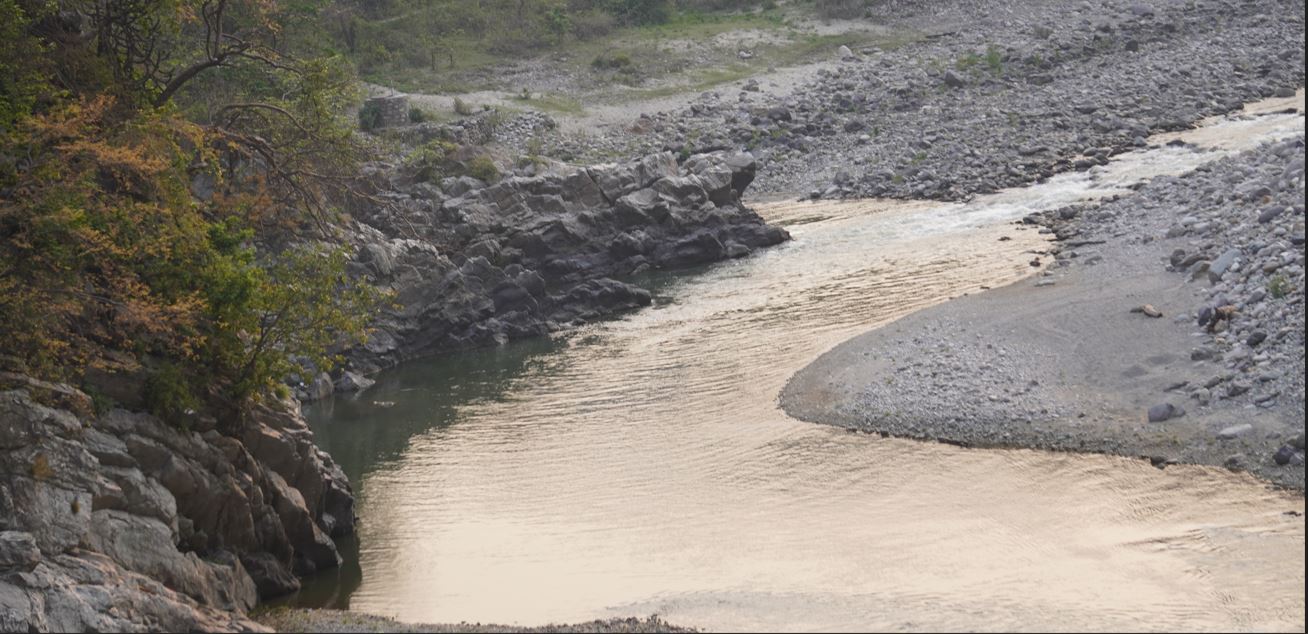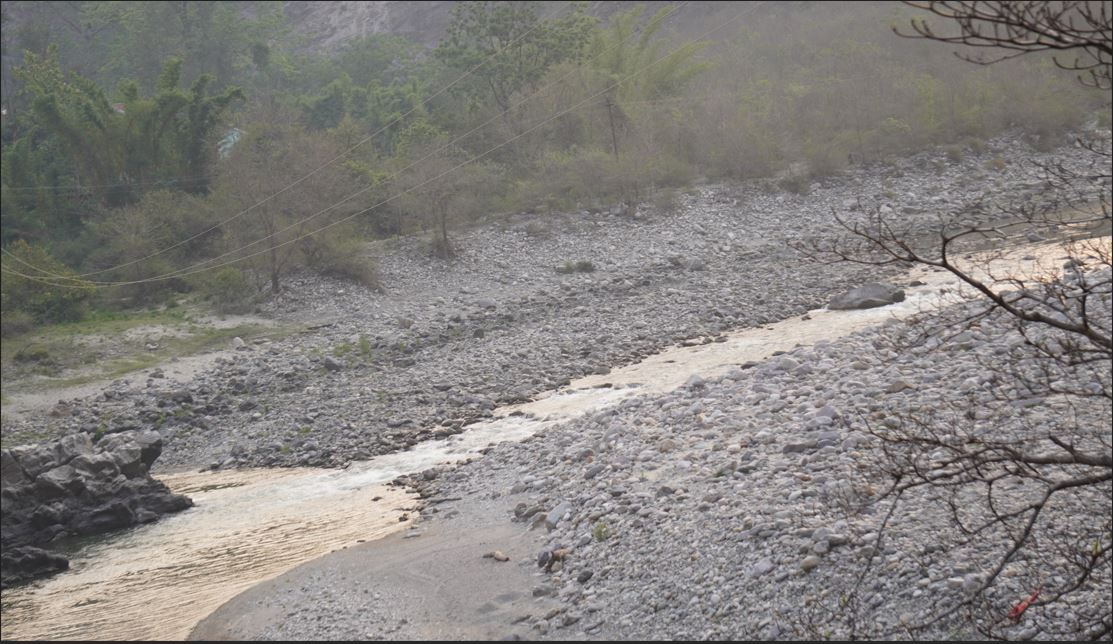Rivers of Uttarakhand

Rivers are the lifelines of civilization, and nowhere is this more evident than in Uttarakhand, where the majestic Himalayan ranges give birth to some of India's most revered rivers. From their pristine origins in the glaciers to their journey through verdant valleys and sacred cities, the rivers of Uttarakhand play a vital role in shaping the landscape, culture, and economy of the state. Uttarakhand is the origin of many rivers which provides life to big part of the country. There are several other small rivers which union with the each other to become tributary of big river. These rivers are not only the source of life but also help economical, cultural and social growth of Uttarakhand as well as India. Most of the holy temples are situated at the bank of these pious and holy rivers.

1. The Ganges: The Ganges, or Ganga, holds a special place in the hearts of millions of Indians, and its journey begins in the icy heights of the Gangotri Glacier in Uttarakhand. Revered as a goddess, the Ganga descends from its source and flows through the sacred town of Devprayag, where it merges with the Bhagirathi River. As it courses through Uttarakhand, the Ganga passes by the holy cities of Rishikesh and Haridwar, where devotees gather to cleanse their sins in its purifying waters. The Ganges then continues its journey through the plains of India, nourishing fertile lands and sustaining countless lives along its path. 2. The Yamuna: Another significant river originating in Uttarakhand is the Yamuna, which springs from the Yamunotri Glacier in the Garhwal Himalayas. The Yamuna is revered as the sister of the Ganga and is worshipped with equal reverence. Its journey takes it through scenic valleys and pastures, enriching the lands of Uttarakhand before joining the Ganges at Allahabad. The Yamuna's waters are considered sacred, and numerous temples and ghats line its banks, inviting pilgrims and tourists alike to partake in its divine presence. 3. The Alaknanda and Bhagirathi: The Alaknanda River, considered the main source stream of the Ganges, originates from the confluence of the Satopanth and Bhagirath Kharak glaciers in Uttarakhand. It flows through the rugged terrain of the Garhwal region, carving its way through deep gorges and rocky cliffs. The Bhagirathi River, which joins the Alaknanda at Devprayag, is named after the legendary king Bhagirath, who is said to have brought the Ganga to Earth. Together, the Alaknanda and Bhagirathi form the sacred river Ganga, symbolizing the union of spiritual purity and natural beauty. 4. The Kosi and the Ramganga: The Kosi River, originating from the eastern slopes of the Nanda Devi range, is a tributary of the Ganges. It flows through the picturesque Kumaon region of Uttarakhand, nourishing the lands with its crystal-clear waters and sustaining diverse flora and fauna. The Ramganga River, originating from the high-altitude glaciers of the Pindari and Lipulekh ranges, meanders through the Jim Corbett National Park, providing a vital source of water for the park's wildlife and ecosystems.
5. The Tons and the Saryu: The Tons River, often referred to as the "Tons-Yamuna," is one of the largest tributaries of the Yamuna. Originating from the snowfields and glaciers of the Tons Valley in Uttarakhand, it cascades down the mountainsides, forming breathtaking rapids and gorges along its course. The Saryu River, originating from the icy heights of the Milam Glacier in the Kumaon Himalayas, is a tributary of the Ghaghara River, which ultimately joins the Ganges in Bihar. The Saryu is revered for its pristine beauty and spiritual significance, with numerous temples and ashrams dotting its banks. Challenges and Conservation Efforts: Despite their immense cultural and ecological significance, the rivers of Uttarakhand face numerous challenges, including pollution, deforestation, and unsustainable development practices. Industrial effluents, sewage discharge, and solid waste pose threats to water quality and aquatic life, while deforestation exacerbates soil erosion and riverbank degradation. Climate change further compounds these challenges, leading to erratic rainfall patterns and glacial retreat. To address these issues, various conservation efforts and initiatives have been undertaken by the government, NGOs, and local communities. These include the implementation of pollution control measures, afforestation programs, and sustainable tourism practices. River rejuvenation projects, such as the Namami Gange and Atal Bhujal Yojana, aim to restore the ecological health of the rivers and ensure the sustainable management of water resources.